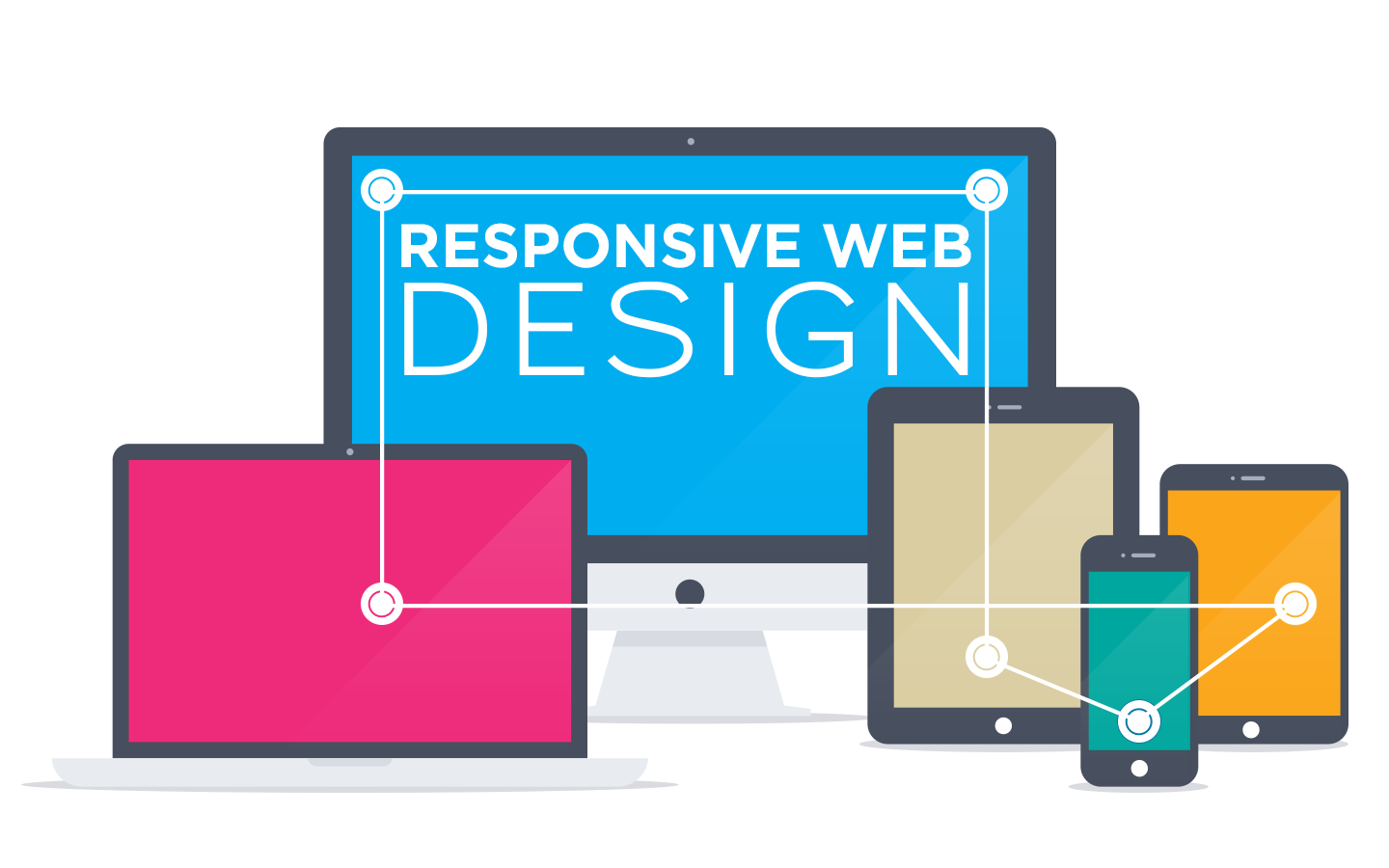Pulse of Information
Your source for the latest insights and updates.
Responsive Web Design: Where Flexibility Meets Creativity
Discover how responsive web design combines flexibility and creativity to captivate users and elevate your online presence!
Understanding the Principles of Responsive Web Design
Responsive web design is an essential approach to web development that ensures your website is user-friendly across a variety of devices and screen sizes. The fundamental principle lies in the use of flexible grids, layouts, and images that adapt seamlessly to different resolutions. By implementing CSS media queries, developers can define specific styles for various devices, ensuring optimal viewing experiences whether users are accessing your site on a desktop, tablet, or smartphone.
One of the key benefits of responsive web design is improved user engagement and accessibility. Websites that are easy to navigate on any device foster better user experience, reducing bounce rates and increasing the time visitors spend on the site. Furthermore, search engines like Google prioritize mobile-friendly websites, making responsive design not just a matter of aesthetics, but also a crucial factor for SEO success. To summarize, embracing responsive design is vital for reaching a broader audience and maintaining a competitive edge in today’s digital landscape.

Top 10 Tools for Creating Responsive Websites
In today's digital landscape, creating responsive websites is crucial for providing users with an optimal browsing experience across all devices. Responsive web design ensures that your website adapts seamlessly to different screen sizes, which can significantly enhance user engagement and satisfaction. Here are the top 10 tools for creating responsive websites that can help streamline your design process:
- Bootstrap - A popular front-end framework that makes it easy to design responsive layouts with pre-built components.
- Foundation - A responsive front-end framework that offers customizable UI components for developing websites that look great on any device.
- Flexbox - A CSS layout module that provides an efficient way to lay out, align, and distribute space among items in a container.
- Grid Layout - A powerful CSS tool that allows for creating complex layouts by utilizing a grid system.
- Adobe XD - A design tool that allows you to create responsive designs and prototypes with ease.
- Figma - A collaborative interface design tool that can help teams create and share responsive website layouts.
- Webflow - A no-code web design platform that enables users to create responsive websites visually.
- Responsive Design Checker - A testing tool that helps you view your website on various devices and screen sizes.
- Chrome DevTools - Built directly into the Chrome browser, this tool allows developers to test and debug responsive designs quickly.
- Viewport Resizer - A tool that lets you test your website's responsiveness by simulating various screen sizes.
How Responsive Web Design Enhances User Experience
Responsive web design is pivotal in today's digital landscape as it ensures that websites provide an optimal viewing experience across a wide range of devices. This approach allows for easy reading and navigation, reducing the need for resizing, scrolling, and panning. By utilizing flexible grid layouts, images, and CSS media queries, responsive design creates a seamless experience whether users are accessing the site from a desktop, tablet, or smartphone. Consequently, a well-implemented responsive design can lead to increased user engagement and lower bounce rates, as visitors are more likely to stay on a site that is visually appealing and easy to use.
Furthermore, responsive web design not only enhances user experience but also positively impacts a website's search engine optimization (SEO). Search engines prioritize sites that offer a consistent, high-quality experience across various devices, which means that responsive websites tend to rank better in search results. This approach eliminates the need for separate URLs for mobile and desktop versions, consolidating the site's authority and improving its link equity. In conclusion, adopting responsive web design is essential for any business seeking to improve user satisfaction and boost visibility in an increasingly competitive online environment.